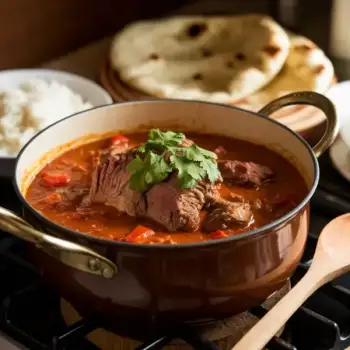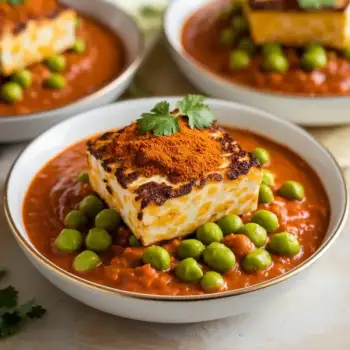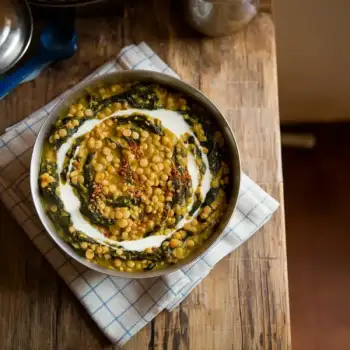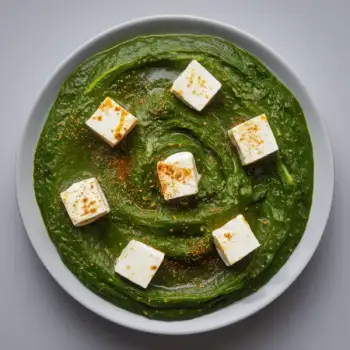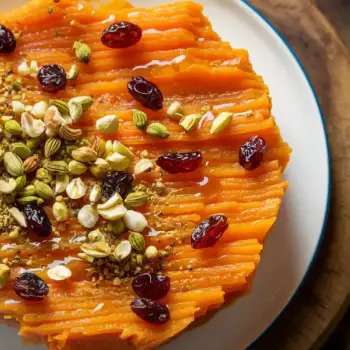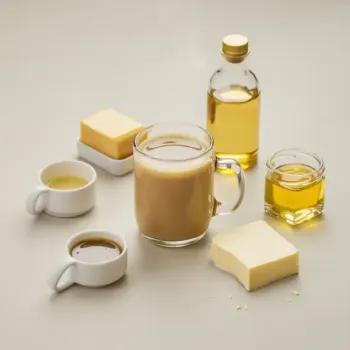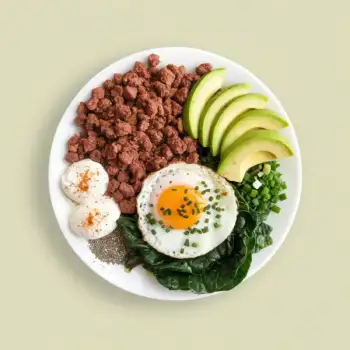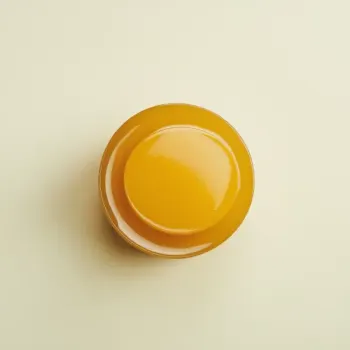


Infused
Some ghee varieties are infused with herbs or spices, such as cardamom or turmeric, to enhance flavor profiles in cooking.
Whipped
Whipped ghee is aerated, making it lighter and softer at room temperature, which can be easier to spread.
Clarified
Ghee is a form of clarified butter where the milk solids have been removed, leaving behind the pure golden butterfat.




infused ghee: 4th & Heart
whipped ghee: Tin Star Foods
clarified ghee: Ancient Organics

Baking: Ghee can be used as a substitute for butter in baking, lending a rich taste to cakes, cookies, and pastries. Its lack of water content can result in a slightly different texture, so it's best used in recipes that are forgiving or specifically call for ghee.
Sautéing: Ghee is excellent for sautéing due to its high smoke point. Use it to cook spices, aromatics, or proteins over medium to high heat until they achieve the desired level of browning.
Deep-frying: The high smoke point of ghee makes it suitable for deep-frying. Foods fried in ghee often have a distinctive, rich flavor and a crisp texture without the risk of developing off-flavors from overheating.




